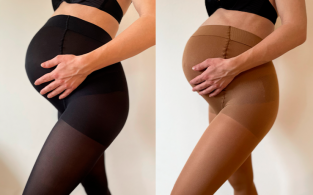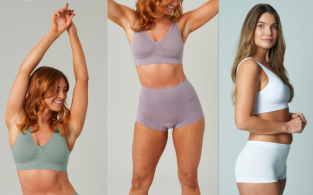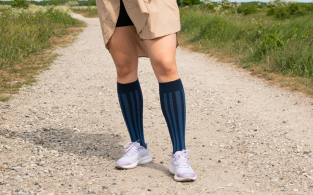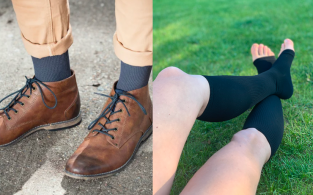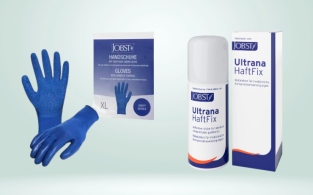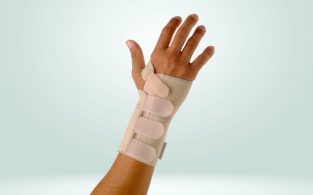About compression stockings and choosing the right size
Which level of compression should I choose?
Support stockings come in two classes: Class 1 (mild compression) and Class 2 (strong compression).
Support and compression stockings help improve your blood circulation, with a pressure that is strongest around the ankle and decreases up the leg. If you have not consulted your doctor, we recommend that you start with Class 1.
Class 1: This compression level is recommended for air travel, standing/sedentary work, swollen legs and feet, varicose veins, during pregnancy, etc. The majority of our compression stockings for sports are also Class 1.
Class 2: This compression level should be used only by prescription from your doctor or nurse. If in doubt, consult your doctor; he or she will examine you and advise you accordingly.
Which length of stocking should I choose – knee-high, thigh-high or panty hose?
The function of support and compression stockings is to apply a pressure around the ankle which stimulates the blood circulation. This pressure decreases up the leg and therefore becomes increasingly milder. If in doubt, start with knee-high stockings unless you have specific problems around the thigh (e.g. varicose veins). Many pregnant women find a support panty hose to be the most comfortable because it provides additional support and ease to the stomach.
What does AD, AT and AHG stand for?
AD, AT and AHG indicate the length of the stocking. AD: Knee-high, AT: Panty hose, AHG: Thigh-high stocking, also called “stay-up”.
What is the difference between the materials cotton, bamboo and micro polyester?
Cotton is a natural fibre known to be durable and breathable. Suited for everyday use.
Bamboo is a natural fibre with many of the same properties as cotton, only it is even more breathable. Its surface is glossier than that of cotton. Suited for everyday use if you are often feeling hot.
Micro polyester makes a more flexible stocking with a glossier (elegant) surface and a cooling effect at high temperatures. Suited for air travel and hot days, for instance.
How do I choose the right size?
When choosing the size, the most important measurement is the circumference of your ankle and then that of your calf. The size of your foot is less important. Compression is strongest around the ankle and decreases up the leg. Use the size chart shown below the product in question to see how your measurements fit into the chart. If you are between two sizes, you should choose the size that suits the circumference of your ankle the best. It is not unusual that the foot of the stocking is either too large or too small, but you will not be able to feel this once you take the stocking on. If the foot is 3 sizes larger or smaller than the size you normally use, try stockings with an open toe.
What do I do if I’m between two sizes?
If you are between two sizes, you should choose the size that suits the circumference of your ankle the best. It is not unusual that the foot of the stocking is either too large or too small, but you will not be able to feel this once you take the stocking on. If the foot is 3 sizes larger or smaller than the size you normally use, try stockings with an open toe.
The size that fits my leg is far too large/small for my foot?
It is not unusual that the foot of the stocking is either too large or too small, but you will not be able to feel this once you take the stocking on. If the foot is 3 sizes larger or smaller than the size you normally use, try stockings with an open toe.
How should I wash my compression stockings?
Washing recommendation for compression stockings:
To maintain the optimal quality and longevity of your compression stockings, it is recommended to follow these washing instructions:
1. Wash the socks at a maximum temperature of 30 degrees Celsius.
2. Use a mild detergent suitable for delicate washing or equivalent. Avoid using bleaching agents or fabric softeners, as these can break down the elasticity and impair the compression function of the stockings.
3. When washing by hand: Wash the socks carefully by rinsing them in the selected detergent. Avoid stretching or twisting the stockings as this can distort the level of compression and damage the stockings. After washing, it is recommended to rinse the stockings thoroughly in clean water to remove any soap residue. This is important to avoid skin irritation, especially if you have sensitive skin.
4. Allow the socks to air dry flat. Avoid hanging them up as this can cause them to stretch and lose their shape and level of compression. Instead, place them on a clean towel or dry surface where they can dry naturally.


